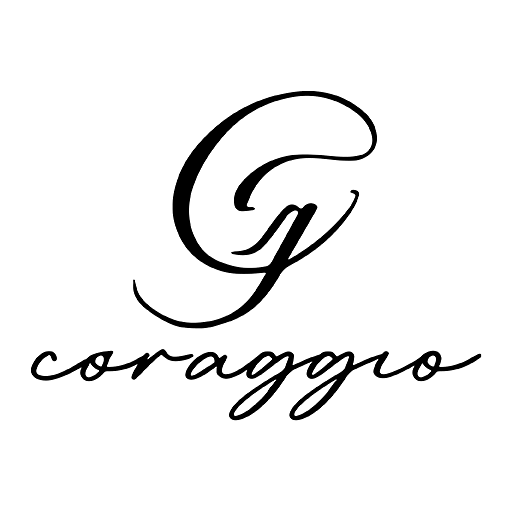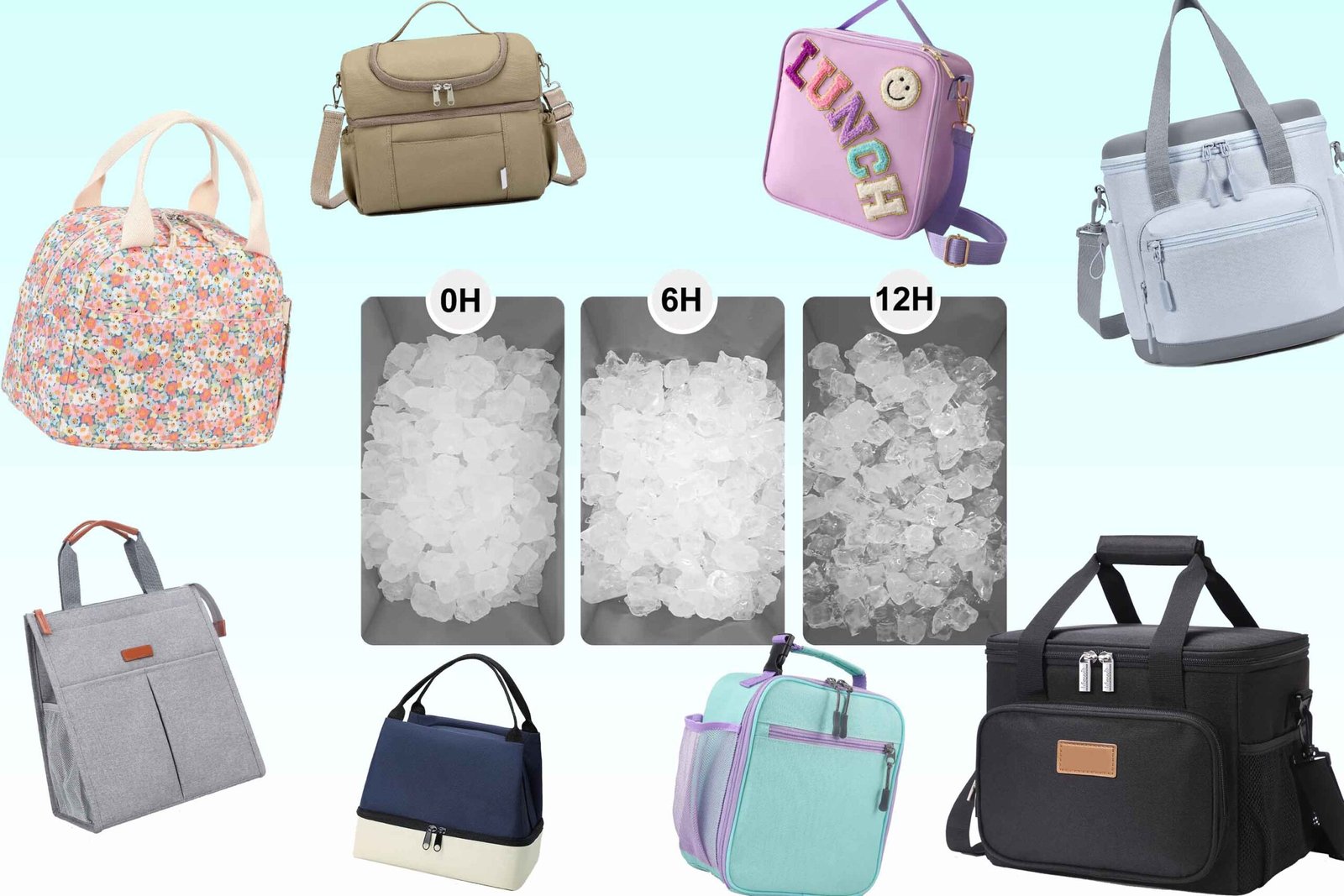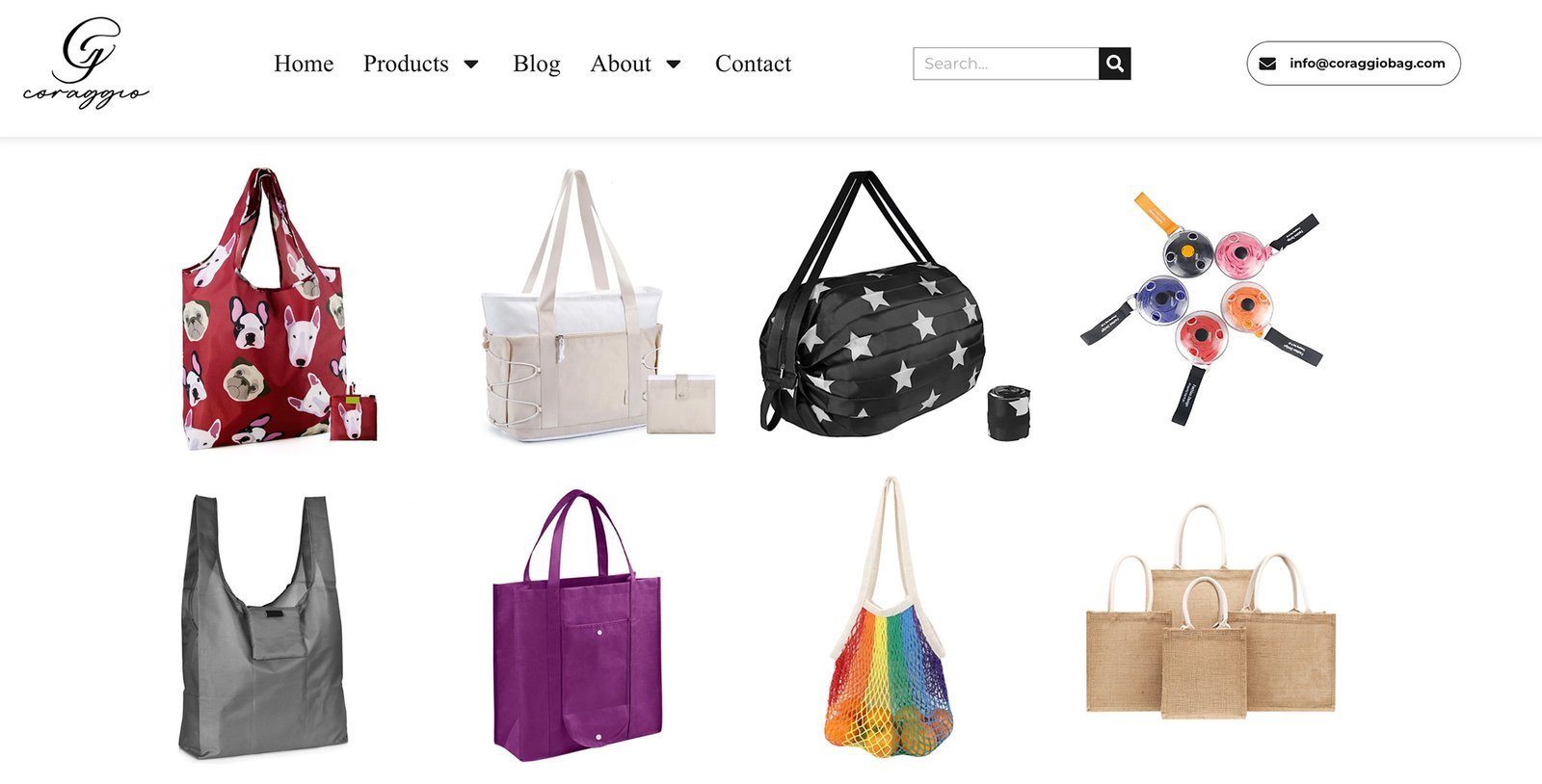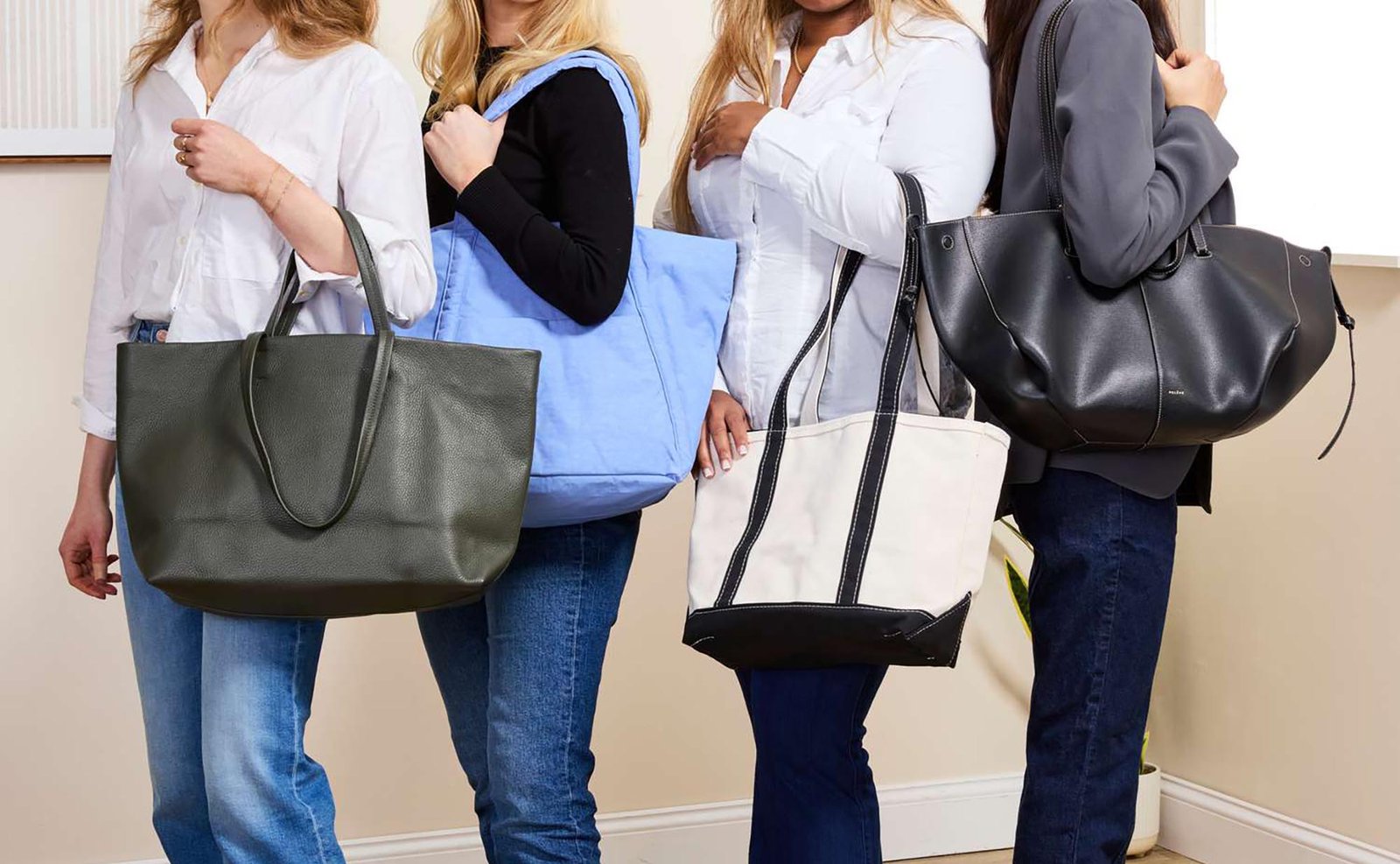Have you ever opened a cool bag and noticed that shiny, reflective material inside? It’s not just for looks – this special lining plays a crucial role in keeping your items cold. But what exactly is it?
The shiny fabric inside cool bags is typically made of PEVA (Polyethylene Vinyl Acetate) or aluminum foil. These materials are chosen for their excellent insulation properties, helping to maintain temperature and keep contents cool for extended periods.
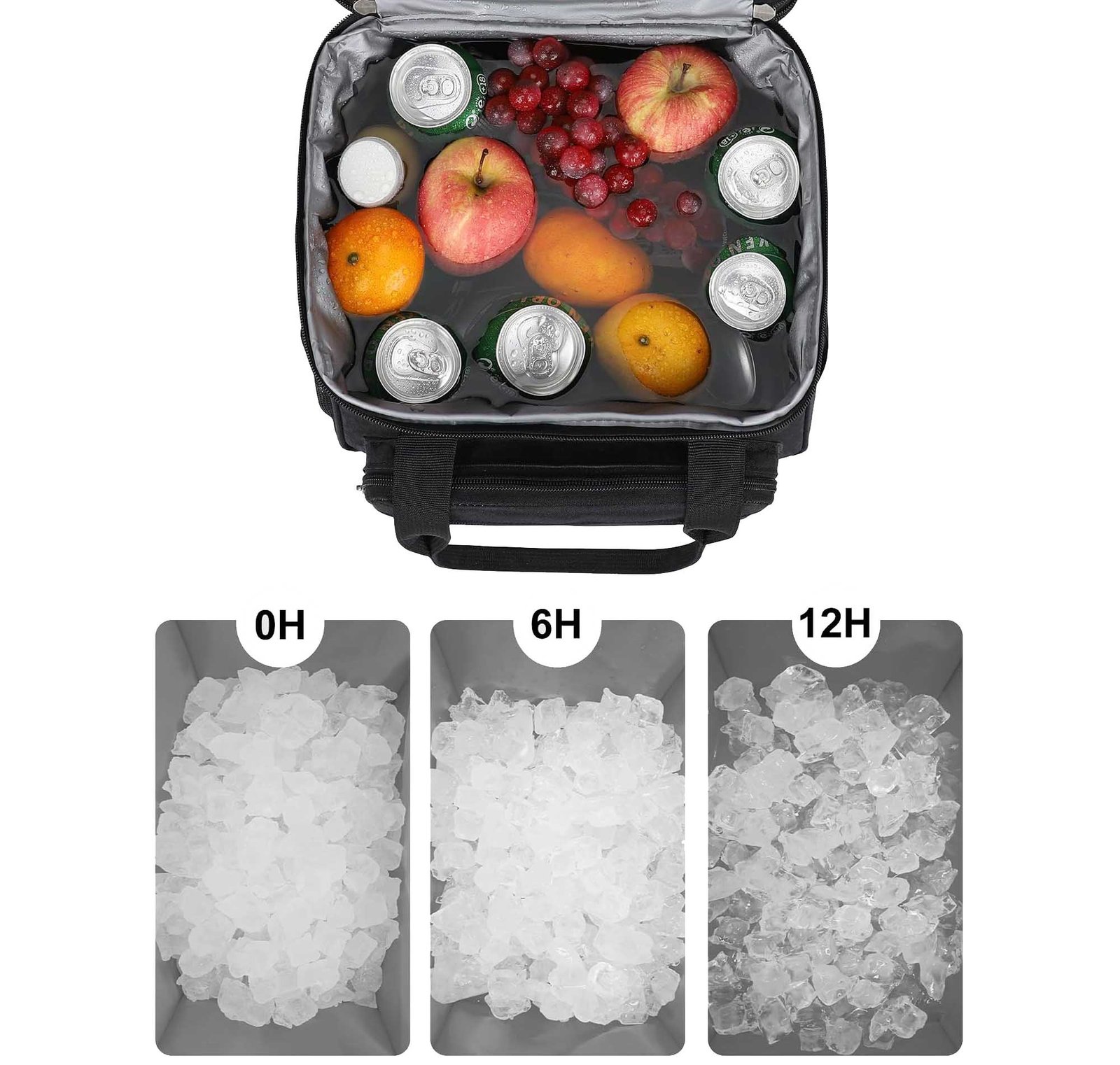
Let’s dive deeper into the world of cool bag linings and explore the materials that keep your drinks cold and your food fresh.
What is the shiny fabric called?
When you peek inside a cool bag, that reflective material catching your eye has a name. But what is it exactly?
The shiny fabric inside cool bags is commonly referred to as PEVA (Polyethylene Vinyl Acetate)1 or aluminum foil lining2. PEVA is a popular choice due to its safety, lightweight nature, and versatility in insulation applications.
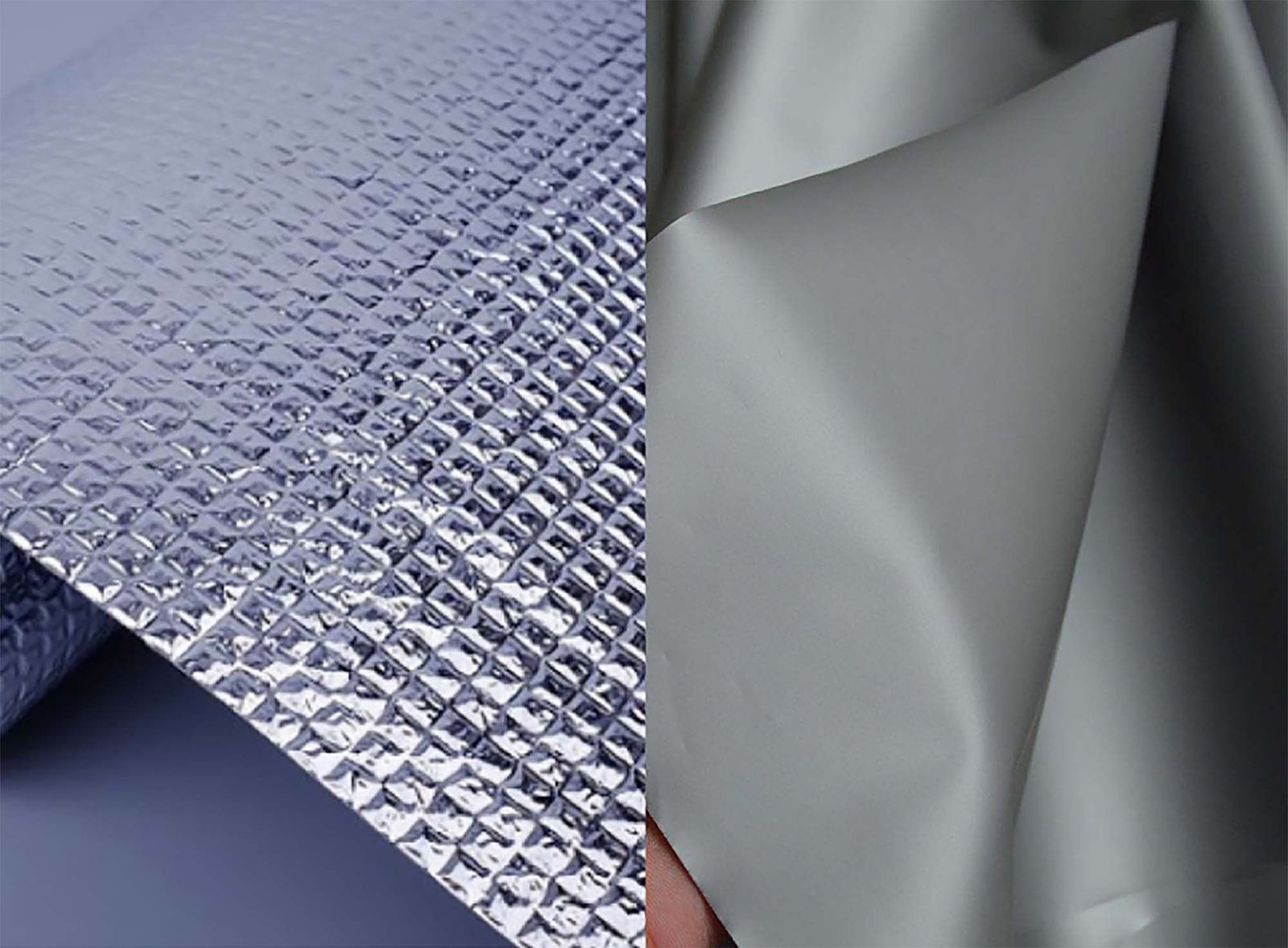
The Science Behind the Shine
The shiny appearance of these linings isn’t just for aesthetics. It serves a crucial purpose in the bag’s insulation system:
- Reflective Properties: The shiny surface reflects heat radiation, helping to maintain the internal temperature.
- Low Thermal Conductivity: These materials have poor heat conductivity, slowing down heat transfer from the outside.
- Moisture Barrier: The lining acts as a barrier against moisture, keeping the contents dry and preventing bacterial growth.
PEVA vs. Aluminum Foil
While both materials are effective, they have distinct characteristics:
| Feature | PEVA | Aluminum Foil |
|---|---|---|
| Flexibility | More flexible | Less flexible |
| Durability | More durable | Can tear easily |
| Eco-friendliness | More eco-friendly | Less eco-friendly |
| Cost | Generally more expensive | Usually cheaper |
In my experience working with various cool bag manufacturers, I’ve found that PEVA is becoming increasingly popular due to its balance of performance and environmental considerations.
What material is used for cool bag lining?
When it comes to cool bag linings, manufacturers have a range of options. But which materials are most commonly used, and why?
Cool bag linings typically use materials like PEVA, aluminum foil, or specialized thermal fabrics. These materials are chosen for their insulating properties, durability, and ability to create a moisture barrier, all crucial factors in maintaining the bag’s cooling efficiency.

Popular Lining Materials
Let’s break down the most common materials used for cool bag linings:
PEVA3 (Polyethylene Vinyl Acetate):
- Non-chlorinated vinyl substitute
- Lightweight and flexible
- Good insulation properties
- Environmentally friendlier than PVC
- Excellent heat reflection
- Very thin and lightweight
- Can be combined with other materials for added durability
- Specialized materials like Thinsulate or Solarize
- High insulation-to-weight ratio
- Often used in high-end or professional-grade coolers
Factors Influencing Material Choice
When selecting lining materials for cool bags, manufacturers consider several factors:
- Insulation Efficiency: How well does the material retain cold?
- Durability: Can it withstand frequent use and cleaning?
- Cost: Is it economically viable for mass production?
- Environmental Impact: Does it align with sustainability goals?
- Compliance: Does it meet food safety regulations?
In my years of experience in the bag manufacturing industry, I’ve seen a shift towards more eco-friendly and efficient materials. This trend is likely to continue as consumers become more environmentally conscious.
What are cooler bags lined with?
You might wonder what’s actually inside the walls of your cooler bag. Let’s unpack the layers that keep your items chilled.
Cooler bags are typically lined with a combination of insulating materials. The innermost layer is often PEVA or aluminum foil for its reflective properties. This is backed by foam or other insulating materials, all encased in a durable outer fabric shell.
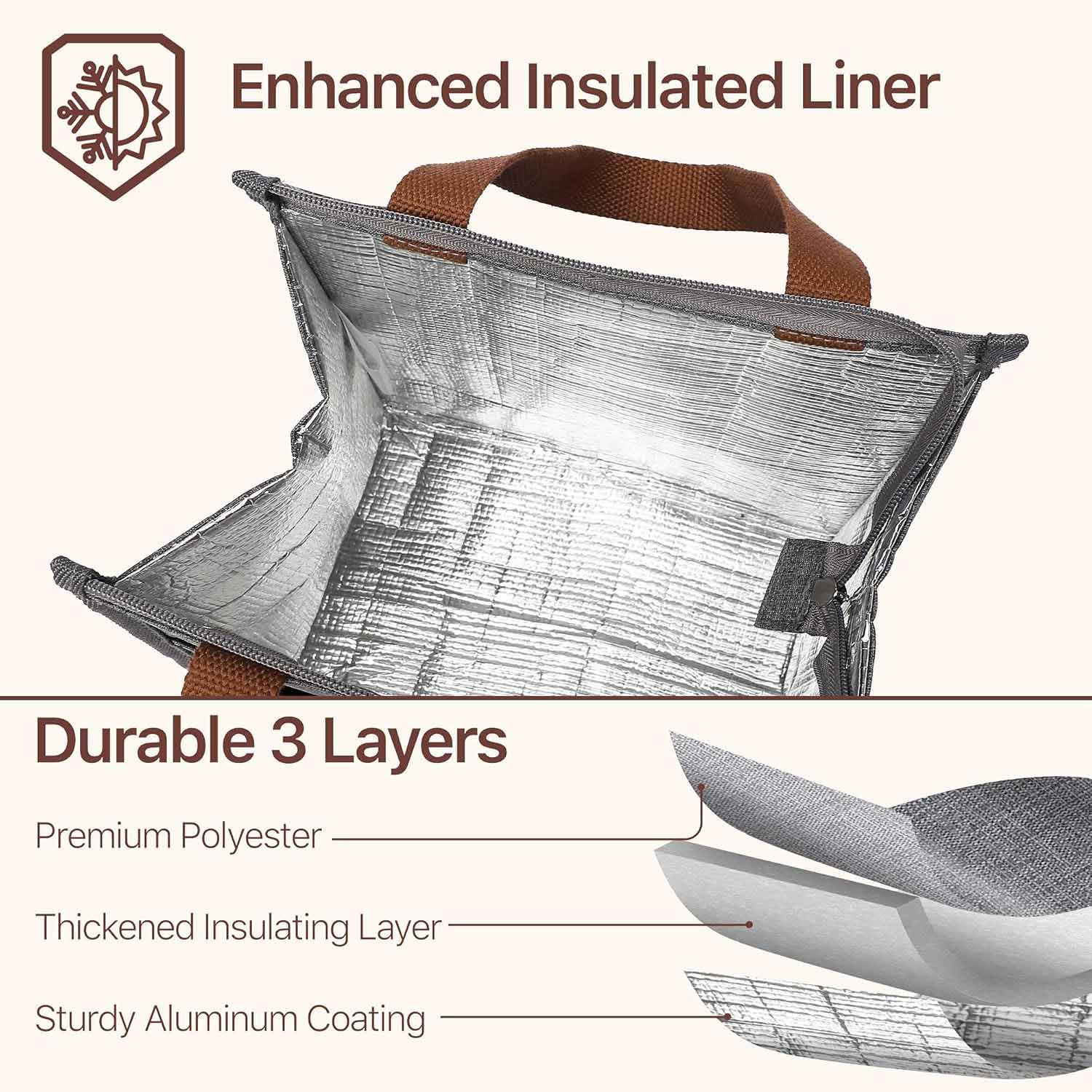
The Anatomy of a Cooler Bag
To understand cooler bag linings, let’s break down the typical layers from inside to out:
Inner Lining:
- Usually PEVA or aluminum foil
- Provides a moisture barrier and reflects heat
Insulation Layer:
- Often made of foam or specialized insulating materials
- Traps air to slow heat transfer
Outer Shell:
- Typically made of durable fabrics like nylon or polyester
- Provides structure and protects the inner layers
Innovations in Cooler Bag Linings
The world of cooler bag linings is constantly evolving. Some recent innovations include:
- Multi-layer Insulation: Combining different materials for optimal performance
- Phase Change Materials6: Substances that absorb or release heat as they change state
- Vacuum Insulation Panels7: Ultra-thin, highly efficient insulation technology
In my work with various cooler bag manufacturers, I’ve seen firsthand how these innovations can significantly improve a bag’s cooling performance. It’s exciting to see how technology continues to enhance even seemingly simple products like cooler bags.
What is the best fabric for inside of bag?
When it comes to choosing the best fabric for the inside of a bag, especially a cool bag, there are several factors to consider. Let’s explore what makes a fabric ideal for this purpose.
The best fabric for the inside of a cool bag depends on its intended use. For maximum insulation, PEVA or aluminum foil linings are top choices. For durability and ease of cleaning, nylon or polyester linings work well. Some high-end coolers use specialized thermal fabrics for superior performance.
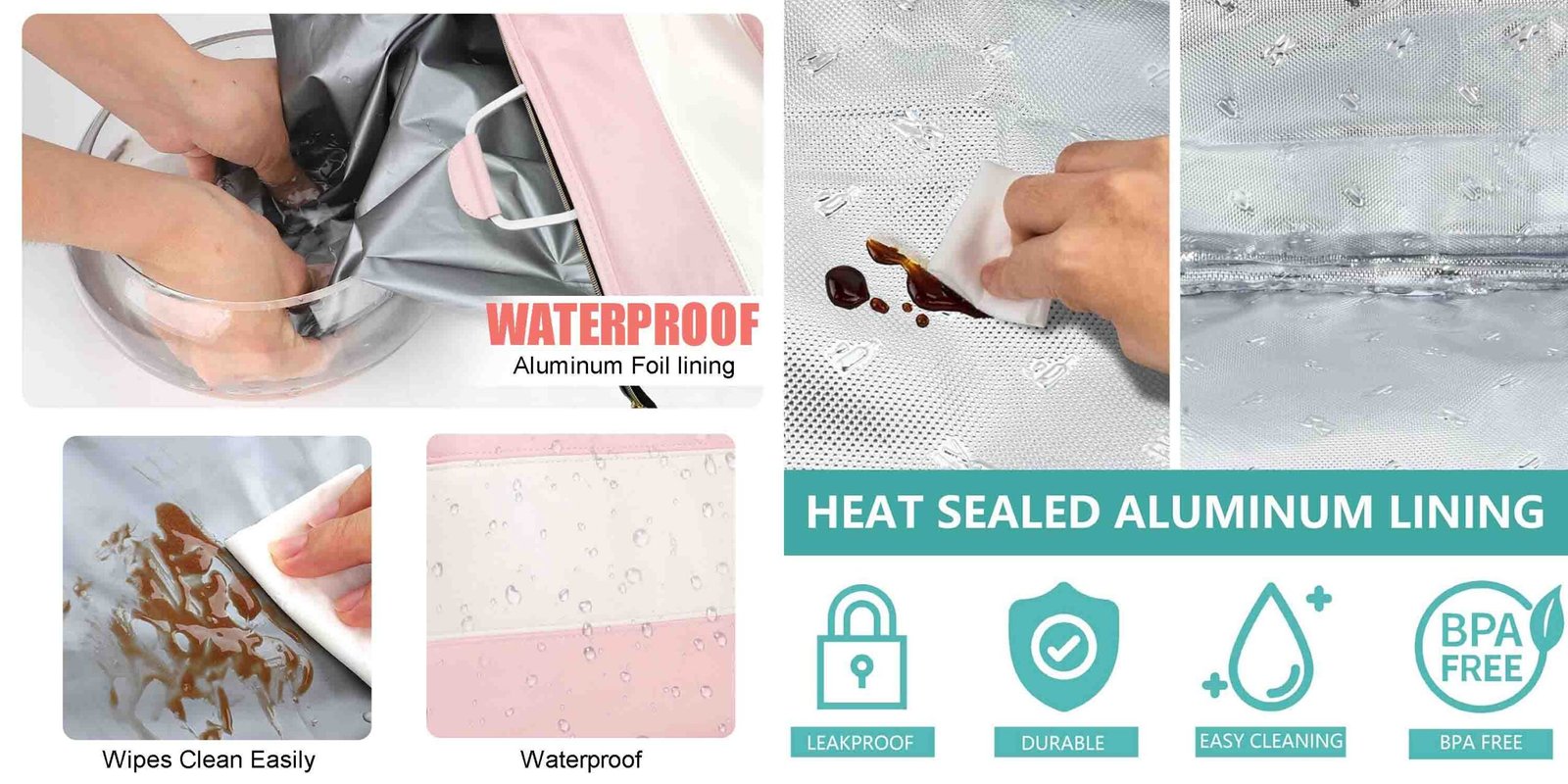
Factors to Consider
When selecting the best fabric for bag interiors, especially for cool bags, consider these key factors:
Insulation Properties:
- How well does the fabric retain cold?
- Does it reflect heat effectively?
Durability:
- Can it withstand frequent use and cleaning?
- Is it resistant to tearing or punctures?
Moisture Resistance:
- Does it prevent condensation buildup?
- Is it easy to wipe clean?
Food Safety:
- Is the material safe for contact with food and drinks?
- Does it meet relevant regulations?
Cost-effectiveness:
- Is the material affordable for mass production?
- Does its performance justify its cost?
Comparison of Common Interior Fabrics
Let’s compare some popular options for bag interiors:
| Fabric | Insulation | Durability | Moisture Resistance | Food Safety | Cost |
|---|---|---|---|---|---|
| PEVA | Excellent | Good | Excellent | High | Moderate |
| Aluminum Foil | Excellent | Fair | Excellent | High | Low |
| Nylon | Fair | Excellent | Good | High | Low |
| Polyester | Good | Excellent | Good | High | Low |
| Specialized Thermal Fabrics | Superior | Good | Excellent | High | High |
In my experience working with various bag manufacturers, I’ve found that the choice of interior fabric often comes down to a balance between performance and cost. While specialized thermal fabrics8 offer superior insulation, their higher cost means they’re usually reserved for premium products. For most general-use cool bags, PEVA or aluminum foil linings provide an excellent balance of performance and affordability.
Conclusion
The shiny fabric inside cool bags is typically PEVA or aluminum foil, chosen for their excellent insulation properties9. These materials, combined with other layers, keep your items cool and fresh. The best interior fabric depends on your specific needs and budget.
Explore the advantages of PEVA, a versatile and eco-friendly material, to understand its growing popularity in insulation. ↩
Learn about aluminum foil lining’s effectiveness and limitations compared to other materials for better insulation choices. ↩
Explore the benefits of PEVA, a popular eco-friendly material for cool bag linings, known for its insulation and flexibility. ↩
Learn how aluminum foil’s heat-reflective properties make it an excellent choice for maintaining cool temperatures in bags. ↩
Discover the advantages of thermal fabrics like Thinsulate in cool bag design, offering superior insulation and durability. ↩
Learn about Phase Change Materials and their innovative use in enhancing cooler bag performance. ↩
Discover how Vacuum Insulation Panels can revolutionize the efficiency of cooler bags. ↩
Discover the advantages of specialized thermal fabrics for superior insulation in high-end coolers and bags. ↩
Discover the key insulation properties of various materials used in cool bags to make informed choices. ↩
